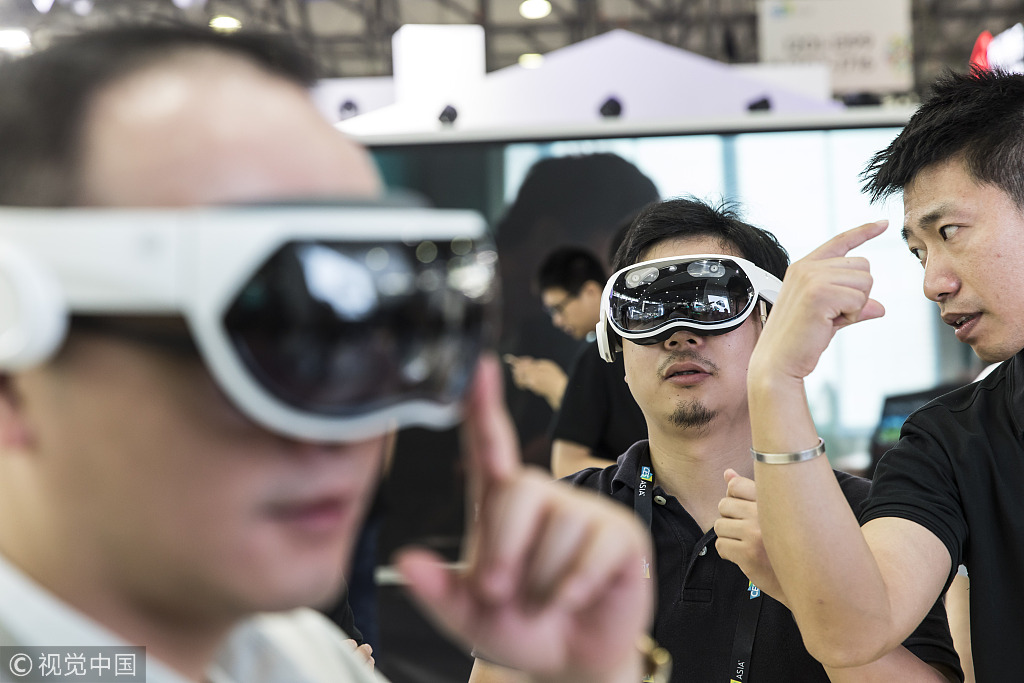The Chinese media industry is booming, driven by advances in technology, with new media disrupting traditional media.

Photos: VCG
China’s media industry generated 1.89 trillion yuan ($290 billion) in 2017, up 16.6 percent year-on-year, a Tsinghua University study said. By 2020 the figure is projected to be more than $460 billion.
The growth from Internet industries, especially mobile Internet revenue, has made up for the decline in traditional media, according to Cui Baoguo, a professor with the School of Journalism and Communication at Tsinghua University, which released the 2018 report on the development of China's media industry on Thursday in Beijing.
The Internet in 2017 gained almost half of the media market share and the traditional media market continued to shrink overall, representing about one-fifth of the market share.
China’s online advertising market size exceeds 380 billion yuan, and online game revenue has surpassed 200 billion yuan. The online video market size is close to 100 billion yuan, with a rapid growth of 30 percent.
Internet advertising and online gaming have become pillars of the media industry.

Online video, mobile gaming, digital music and digital reading are the top 4 market segments with the most promising growth.
On-demand content, fan-generated content, and cross-border data service might become the new growth engine for the media industry.
Thanks to ubiquitous new technologies, people are now both content makers and disseminators of content. The boundaries of the media industry are getting more blurry than ever.
With the expansion of Internet giants, we can see industry players making more efforts to optimize their own positioning in the industrial eco-system, and to increase the value chain.
More entrants are attracted to the media industry and the entire media industry landscape is being re-shaped.
Accelerated changes
Technological iterations have accelerated changes in the media structure.
Artificial intelligence technology is re-shaping news production processes, pushing forward the shift from an advertising-based business model to on-demand content business model.
Big data and cloud computing will greatly increase the depth and breadth of news reports, and could even be used to predict social development trends.

Attendees try out Shadow Creator Information Technology Co.'s Action One VR headset at the CES Asia 2018 show in Shanghai, China, on Wednesday, June 13, 2018.
Virtual reality technology will expand the presentation of media content to viewers with an immersive experience and create new business models in the fields of film and television, social networking, and games.
The development of the Internet of Things leads to the gradual disappearance of the boundaries among the physical world, the digital world, and human society.
Blockchain forges a decentralized, reliable, transparent, secure, and traceable distributed database through encryption technology. It will change approaches for Internet data tracking, distribution and storage management. We will see the Internet transform from information distribution to value creation.
As of December 2017, there were 771.98 million Chinese netizens and mobile Internet users accounted for 97.5 percent of them, according to the China Internet Network Information Center (CNNIC).
The digital economy is gaining new momentum, and the Internet drives the growth of the global media industry.
China, the US and Japan are the top three countries in global media development.
Online advertising, video, and gaming appear to be hot spots for industry growth.


